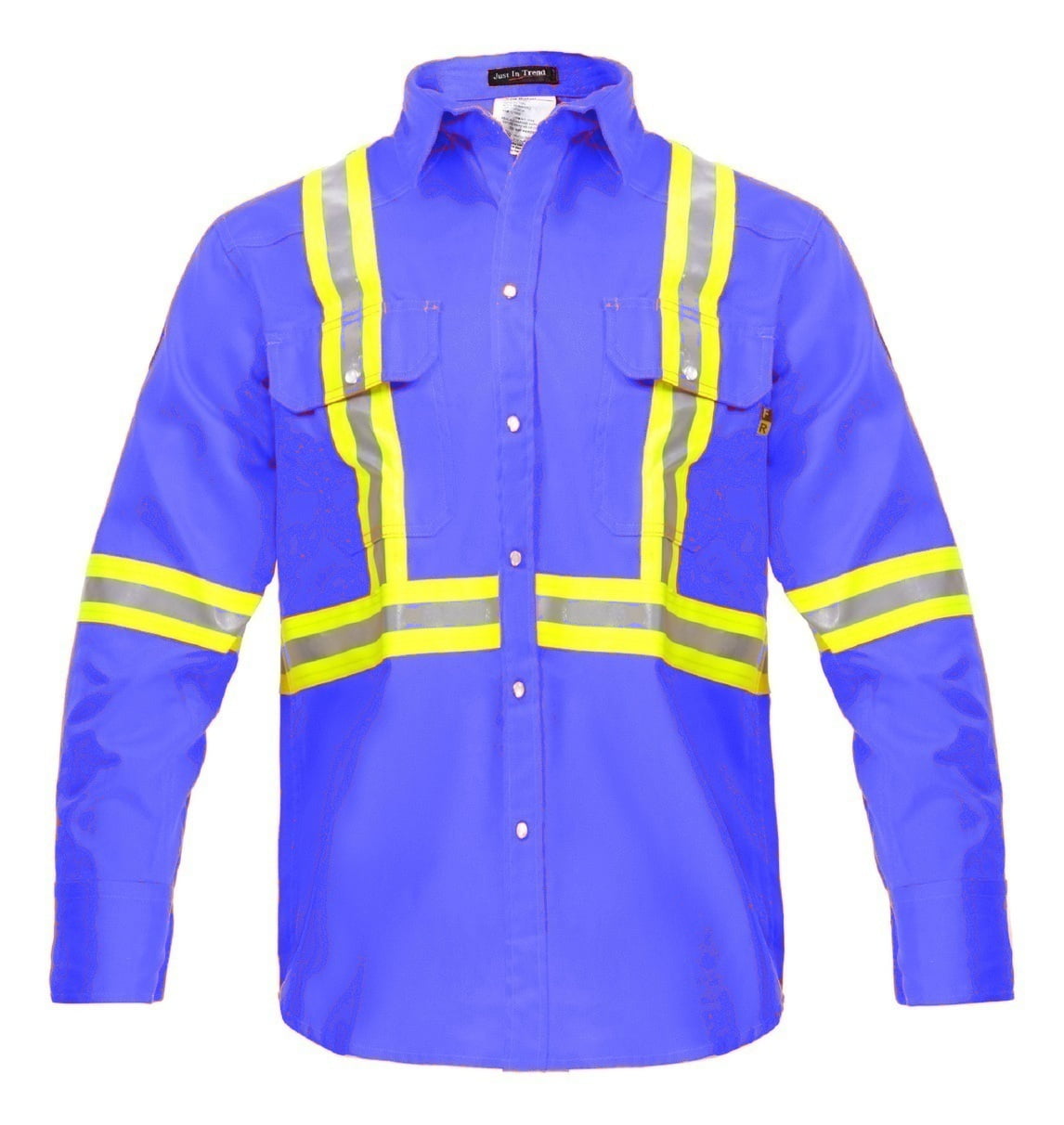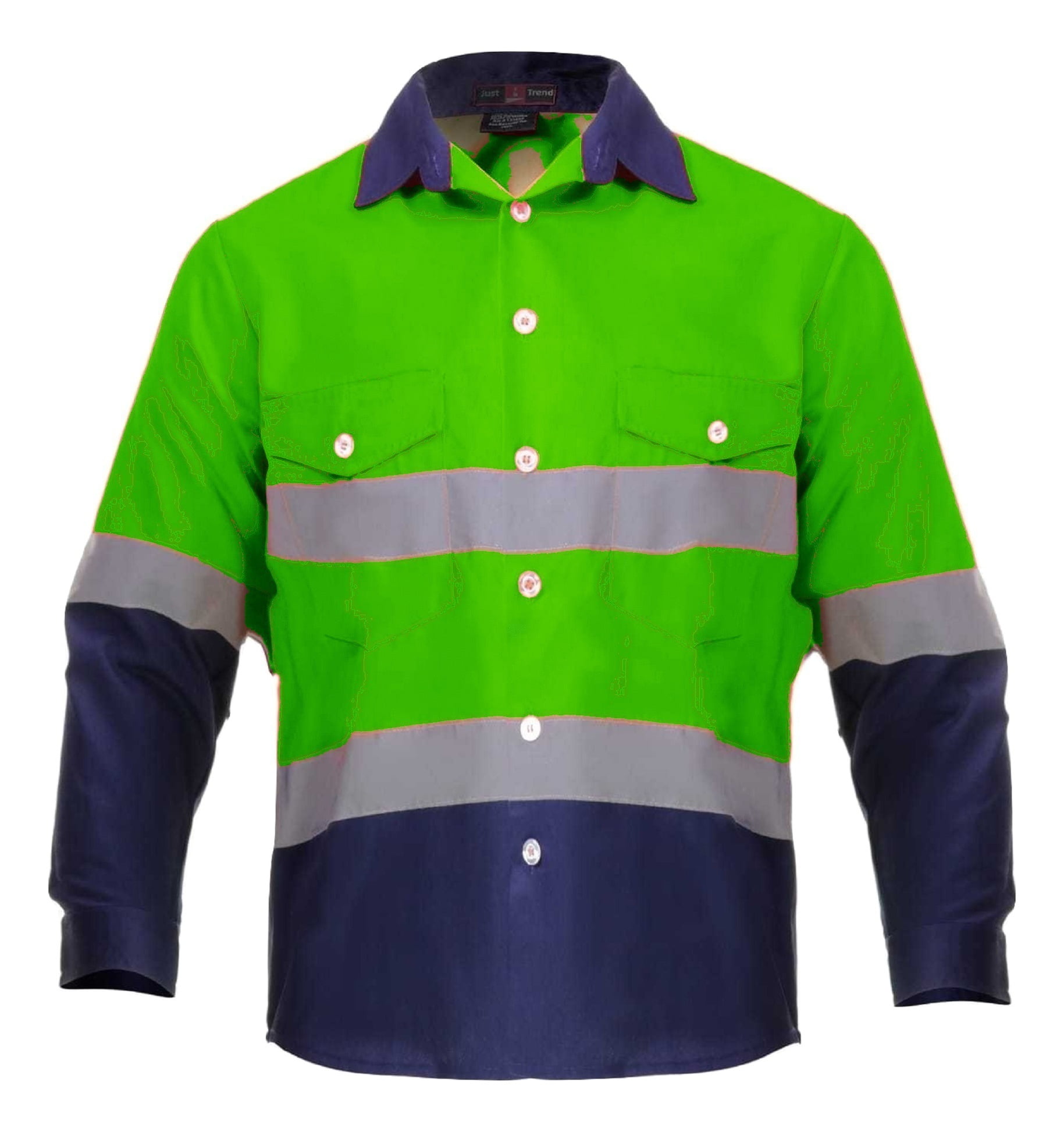

For protection in any environment, including wet weather, high-visibility workwear should have a mix of fluorescent colours Light Sources, such as cars or torches will cause the strips to glow. The reflective strips on high-visibility workwear is to help Natural or artificial light reacts with the fluorescent colour, which makes the fabric appear flow. High-visibility workwear is made from fluorescent material. Of this is apparent, as by 1965 every rail worker on the West Coast Main Line was issued with high visibility garments. High viz buoys were also used to distinguish what parts of the sea had been searched for explosives.Ī significant step in its use in workwear was made in 1964, when Scottish Rail became the first company to introduce high visibility workwear to the rail services due to a high number of safety concerns. During World War II, the U.S started experimenting with using high visibility garments to reduce friendly fire and to communicate between ground andĪir troops. Once fully-recovered, Swizter experimented further with fluorescent chemicals and the brothers invented the first fluorescent paint Īfter Switzer's discovery, scientists and engineers began exploring other ways of using fluorescence. To help his recovery, Switzer spent time in a dark room where his brother entertained him using fluorescent chemicals.

He was injured so badly that he went into a coma and his eyesight was permanently damaged. The origins of high visibility workwear are found in the 1930s, when Bob Switzer was injured while unloading crates at a Heinz Ketchup factory. What is high visibility clothing made from? It continues to be updated and amended today, and has led to significantly fewer fatalities and accident s in the workplace. Fast-forward to the Health and Safety at Work Act 1974, which puts the responsibility for health and safety in the workplace on employers and employees.


 0 kommentar(er)
0 kommentar(er)
